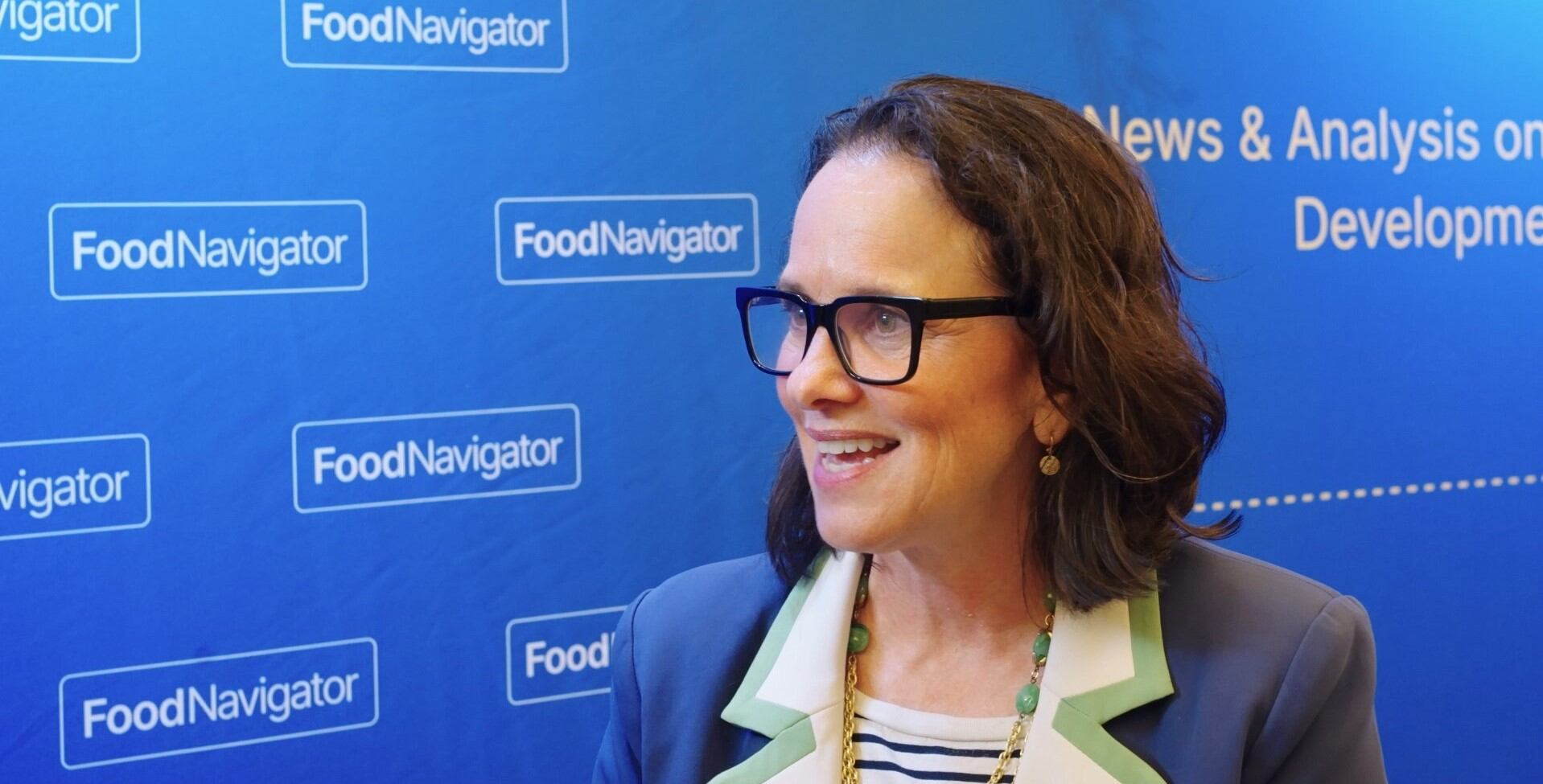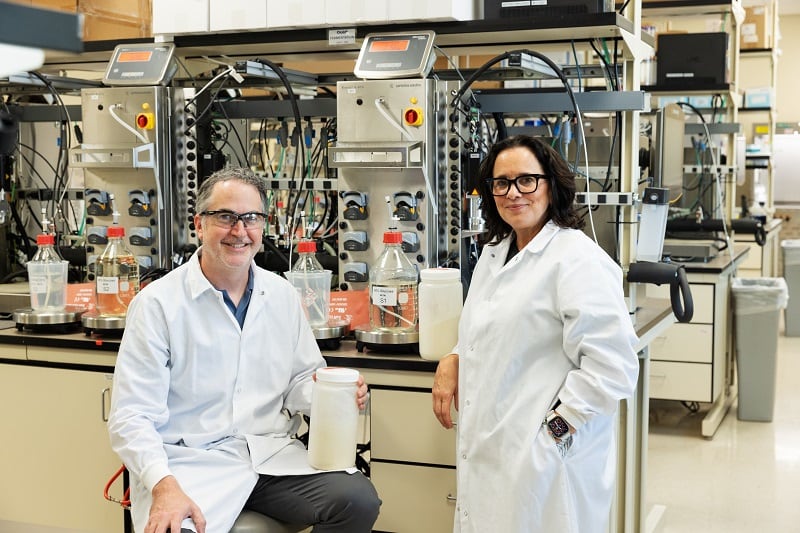Oobli secured its third FDA “no questions” letter, acknowledging the company’s assessment that brazzein-54 is Generally Recognized as Safe (GRAS) for use as a sweetener in foods and beverages, and marking another milestone in its mission to build a commercial-scale sweet protein technology platform for sugar reduction.
Brazzein-54, a sweet-tasting protein naturally occurring in the oubli fruit, now joins brazzein-53 and monellin on Oobli’s platform. For CEO Ali Wing, the regulatory win is validation and reinforcement of a bigger strategy: to create a versatile, scalable toolkit for brands looking to cut sugar without sacrificing taste.
What we’re trying to do is really have a robust toolkit so that people trying to actually do a reformulation … will have more tools in our toolkit
Ali Wing, CEO, Oobli
“I wouldn’t say it changes [our regulatory strategy]. It just reinforces what our plan always was,” Wing said. “Our plan always was to be a sweet protein technology platform. Across the universe of plant-based sweet proteins, there’s about a dozen known in nature today, and we have our first five with some form of regulatory platform.”
Why more than one sweet protein?
One of the most common questions Wing hears is why Oobli needs multiple sweet proteins given they each bind to the same receptor to deliver sweetness. But, for Oobli diversity matters – for sensory performance and manufacturing feasibility – as each sweet protein delivers a different nuance of sweetness to a formula.
“There are three reasons why we really care about the platform,” she explained. Sweetener “combinations often do [taste replacement] better. If goal number one is unrecognizable change, we really want to let everyone, if we blindfold them, not know we took the sugar out. Combinations often get closer than any individual one.”
Processing stability also varies within the sweet proteins given their natural sourcing.
“These plants all evolved in slightly different places on the equator,” Wing said. “That means some of them have proven to be slightly different within a food manufacturing environment – some might be a little more soluble, some might be a little bit more heat stable. What we’re trying to do is really have a robust toolkit ... for all the different manufacturing processes that packaged goods eventually go through.”
Future Foods: The inside scoop on UPFs
A new report from FoodNavigator and Lumina Intelligence reveals consumer barriers to understanding UPFs, what the challenges are for manufacturers within this as well as the opportunities to drive change and sales.
Get cross-market insights from 9,000+ consumers across 13 countries to understand how shifting health priorities, the UPF backlash, and new technologies are reshaping global diets.
Nature, science and scale
Sweet proteins are derived from fruits found primarily in West Africa and other equatorial environments, Oobli Founder & CTO Jason Ryder explained, .
“Sweet proteins are a class of proteins that deliver a sugar-like sweetness but don’t affect blood sugar, insulin or the gut microbiome,” Ryder said. “Oobli is changing the future of sweetness through the use of sweet proteins as a replacement for traditional cane sugar and other alternative sweeteners like aspartame, sucralose, stevia and erythritol.”
Building a toolkit, not just an ingredient
With brazzein-53, brazzein-54 and monellin all acknowledged by FDA, Oobli is positioning itself as a go-to platform for sweet proteins. While each mechanistically works the same way, their subtle differences open new application pathways.
“Monellin is known … to be immediately the most sugar-like. It has a slight difference," from the brazzeins, Wing said. “It’s also known, compared to the brazzeins, as slightly less heat stable. Both brazzeins are pretty well known for being a little more stable and particularly soluble,” which works well in frozen applications, for example.
Oobli‘s platform is designed to complement – not replace – other sweeteners. “We’re a good kid in the playground,” Wing said. “We seem to work really well with cane sugar. We seem to work really well with sugar alternatives. My goal is that we increasingly become the biggest part of the chassis of each of those sweetener systems.”
From lab to market
Oobli already has commercialized its proteins in a line of dark and milk chocolates and an RTD iced tea, but the company is now expanding into larger food and beverage categories through partnerships with Ingredion, a global leader in ingredient solutions, and Mexico-based baked good company Grupo Bimbo.
“The oubli fruit sweet protein can be safely used in a wide range of foods with support from the scientific community and the FDA,” Wing said. “It can replace 70% or more of sugar in products such as sodas, teas, baked goods and more, making the opportunities to reduce our sugar consumption virtually endless.”




